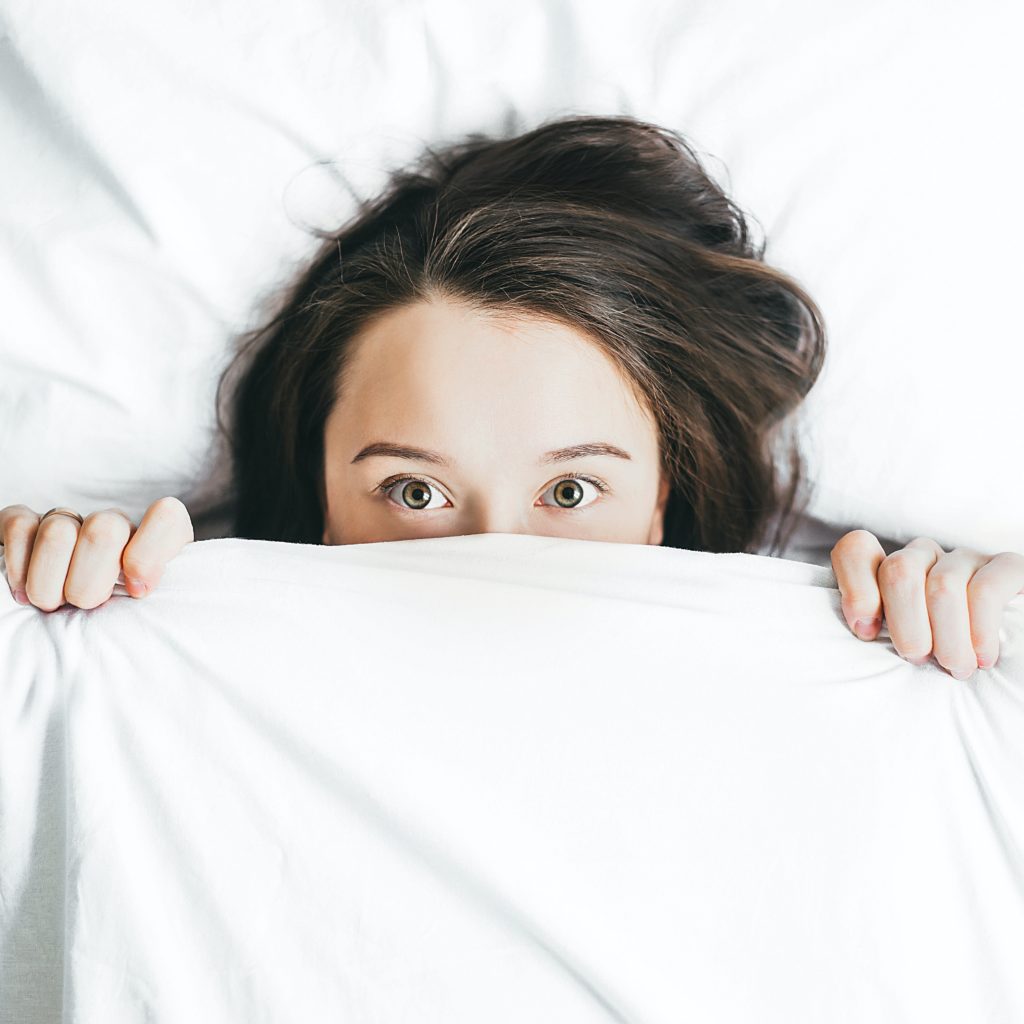Breaking down insomnia by looking at the different types of insomniacs, identifying the main causes for loss of sleep, and key tips for overcoming a series of sleepless nights.
For many, tucking themselves into bed is an exciting, if not the most exciting, part of the day. People look forward to the comfort and relaxation sleep provides. But what if sleep was something one feared? For insomniacs, the bedroom can be a constant reminder of countless sleepless nights, a place for overthinking embarrassing moments, and where one fears the prospect of losing sleep.
How common is insomnia? Can anyone be an insomniac? What is it?
Insomnia is the world’s most common sleep disorder, with 60% of Australians suffering from at least one symptom of Insomnia, occurring three to four times a week. Symptoms of insomnia are common. This might be because their causes are equally as common.

Insomnia disorder is associated to someone who has difficulties with:
- Falling asleep: known as onset/early insomnia.
- Consolidating sleep: the inability to enter a deep sleep, known as middle insomnia.
- Sleep duration: waking up too early and not being able to fall back asleep, known as terminal/late insomnia.
Insomniacs can experience some of these symptoms or in more extreme cases, suffer from all of them. Such symptoms occur despite having adequate opportunity to sleep (i.e. a safe bedroom, the absence of daylight, a quiet space).
There are two main types of insomniacs. Firstly, those that suffer from acute insomnia disorder. This is when someone experiences symptoms of insomnia at least three or four days a week for several weeks, but never regularly over a period of three months. Secondly, are those experiencing chronic insomnia disorder. This is when someone experiences symptoms of insomnia over a long term, lasting over the three month threshold.
What causes insomnia?

The causes of insomnia are different for everyone but are common enough that most people can experience its symptoms at different stages and degrees throughout their lifetime. For example, according to the SHF’s report, older people will more likely have trouble maintaining sleep, whereas young adults and teenagers have more trouble falling asleep. Luckily, sleep deprivation for most people is short term, as exhaustion has a way of overpowering an overthinking mind, a sore leg, a buzzing fly, or even disruptions to our circadian rhythm (our biological clock) from things like jet lag. For insomniacs however, their inability to fall asleep trumps the power of exhaustion and maintains a constant state of wakefulness.

There are two main causes of insomnia:
- Primary insomnia: when long-term medical conditions (i.e. respiratory or cardiac disorders) cause physical and mental pain by reducing the quality of life and productivity of someone. This mainly results in difficulty falling asleep or maintaining sleep.
- Secondary insomnia: when psychological disturbances such as mental trauma, depression, and anxiety cause symptoms of insomnia such as trouble falling asleep, consolidating sleep, and the inability to endure a certain amount of sleep.
Please note that this is a simplified explanation of the possible causes for insomnia and a full list of physical, cognitive, and risk factors can be found here.
So, yes. Anyone can experience symptoms of insomnia at different stages of their life, but insomniacs suffer from these symptoms on a more regular basis that calls for certain lifestyle changes to overcome them.
Top three tips for overcoming a sleepless night.

From medical to psychological tactics, there is no single cure for overcoming a sleepless night. Here are some tips on how to minimise a case of insomnia:
- Sleep Restriction: this is a technique used by following a strict sleep schedule and wake up time (i.e. if desired sleeping time is 8 hours and the alarm is set for 7am, the patient must go to sleep at 11 pm). More time in bed does not necessarily mean effective time spent sleeping.
- Establishing good sleep practices before going to bed. This may include: no use of blue-light electronics, no TV directly before bed, shutting the blinds, and keeping the room at a cool temperature.
- Only use the bed for sleep. If one finds themselves unable to fall asleep, leave the room and tire yourself out by doing relaxing activities such as reading or writing before returning to bed. This is a good way to minimise anxiousness surrounding ideas of sleep and the bedroom.

Side note: Drugs such as melatonin can also be used to increase the chances of falling asleep. They can be however, highly addictive and can lose effect if used regularly over a certain period of time.







